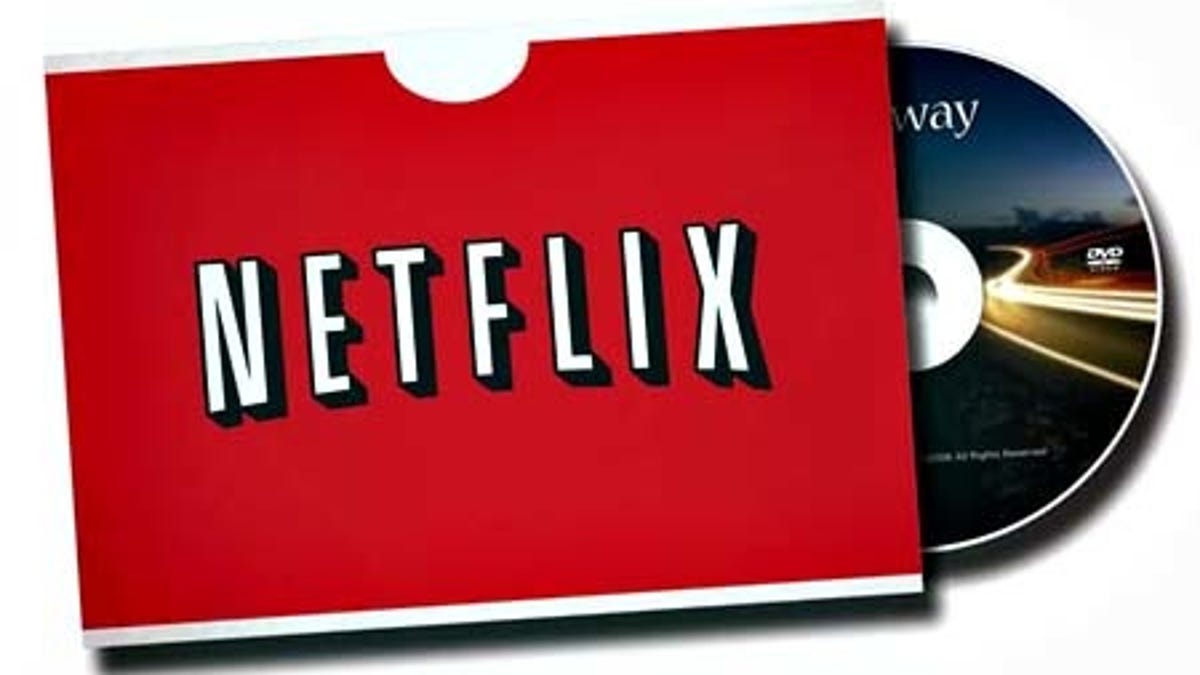Netflix Q4 profit beats reduced expectations, stock jumps
Netflix reports income of 73 cents a share, easily beating lowered expectations. With streaming subscriptions up, is the comeback nigh?

Netflix, the online video-rental service that's struggling to win back customer faith, took a baby step toward redemption by beating lowered profit expectations in the fourth quarter on soaring revenue.
The company reported worldwide revenue of $876 million, up 47 percent over the year-earlier period. While net income slumped 15 percent to $40.7 million, or 73 cents a share, that was a significant improvement over the 54 cents Wall Street had expected.
If you're still wondering whether consumers have forgiven Netflix for its abrupt price hike and other misguided moves (Qwikster, anyone?) last year, join the club. Netflix reported 26.6 million worldwide subscribers at the end of the quarter, slightly exceeding the analyst consensus of 26.1 million.
Netflix saw the ranks of its U.S. streaming subscribers rise 220,000 to 21.6 million, while the number of DVD users plummeted by more than 2.7 million. At the same time, Netflix added 1.86 million subscribers overseas, helping to offset the customer losses in the United States.
The good news is that after getting the heck beat out of it over the price hike and posting a very rare drop in subscribers during the third quarter, Netflix has returned to adding subscribers. The bad news is that Netflix expects to lose 1.5 million more DVD subscribers during the first quarter.
Losing DVD renters hurts the company's bottom line because because film discs offer better margins than the streaming business. The costs of licensing top movies and TV shows has been high and is expected to climb higher.
Here are some of the highlights from Netflix's letter to shareholders:
- We expect Amazon to continue to offer their video service as a free extra with Prime domestically but also to brand their video subscription offering as a standalone service at a price less than ours.
- Both Amazon and Hulu Plus's content is a fraction of our content, and we believe their respective total viewing hours are each less than 10% of ours. In the case of Hulu Plus, subscribers have to pay for the service ($7.99) and still watch commercials (unlike, commercial-free Netflix).
- The remaining Starz titles will come off our domestic service at the end of February.
Let's tackle these one by one.
The New York Post reported last night that Amazon is considering breaking out its streaming service into a standalone subscription, which would make it more Netflix-like. Dan Rayburn, an analyst who has covered streaming video for a decade, says that while Netflix CEO Reed Hastings makes much of the competitive threat posed by HBO, Amazon is the company that Hastings really worries about.
Netflix doesn't apparently think so. In its investor letter, the company said Amazon and Hulu don't measure up in terms of the film and TV libraries they offer.
Finally, Netflix tried to do some spinning on the loss of its partnership with Starz, the cable TV service. Starz licensed content from Disney and Sony Pictures. Netflix said it has plenty of other films from major producers coming in and has already re-licensed some of the "top-performing films" that will be lost. Don't believe it, folks. This going to hurt especially if you're a parent and depended on Netflix for your Disney fare.
And the loss of titles from Sony Pictures and Disney only further illustrates Netflix's plight. The service doesn't have licensing deals to stream the most sought-after movies from five of the six Hollywood studios. Netflix might be able to come up with other content that keeps subscribers interested and continues to ratchet up growth, but nothing is certain.
More to come

